Rising Incidence of Glioblastoma
The increasing incidence of glioblastoma in the GCC region is a primary driver for the glioblastoma market. Recent statistics indicate that the age-standardized incidence rate of glioblastoma in the GCC countries is approximately 3.5 per 100,000 individuals. This rise in cases necessitates enhanced treatment options and drives demand for innovative therapies. As the population ages and lifestyle factors contribute to cancer prevalence, healthcare systems are compelled to allocate more resources towards glioblastoma management. Consequently, pharmaceutical companies are likely to invest in research and development to address this growing need, thereby expanding the glioblastoma market. The urgency to improve patient outcomes and survival rates further propels the market forward, as stakeholders seek effective solutions to combat this aggressive form of brain cancer.
Emergence of Personalized Medicine
The shift towards personalized medicine is emerging as a significant driver in the glioblastoma market. Tailoring treatment plans based on individual genetic profiles and tumor characteristics is becoming increasingly feasible, thanks to advancements in genomics and molecular biology. In the GCC region, the adoption of personalized therapies is likely to enhance treatment efficacy and minimize adverse effects. As more clinical trials focus on targeted therapies and immunotherapies, the glioblastoma market is expected to witness a surge in innovative treatment options. This trend aligns with the global movement towards precision medicine, which emphasizes the importance of individualized care. The potential for improved patient outcomes through personalized approaches may encourage healthcare providers and pharmaceutical companies to invest further in research and development, thereby propelling the glioblastoma market forward.
Advancements in Diagnostic Technologies
Technological advancements in diagnostic tools are significantly impacting the glioblastoma market. Enhanced imaging techniques, such as MRI and PET scans, allow for earlier and more accurate detection of glioblastoma, which is crucial for effective treatment planning. The integration of artificial intelligence in imaging analysis is also emerging, potentially improving diagnostic accuracy by up to 30%. As these technologies become more accessible in the GCC region, they are likely to facilitate timely interventions, thereby increasing the demand for treatment options. Moreover, the ability to identify glioblastoma at earlier stages may lead to improved patient outcomes, further stimulating growth in the glioblastoma market. The ongoing development of liquid biopsy techniques also holds promise for non-invasive diagnosis, which could revolutionize the approach to glioblastoma management.
Investment in Healthcare Infrastructure
The ongoing investment in healthcare infrastructure within the GCC is a crucial driver for the glioblastoma market. Governments in the region are prioritizing healthcare development, leading to the establishment of advanced medical facilities and specialized cancer treatment centers. This expansion enhances access to cutting-edge therapies and clinical trials for glioblastoma patients. As healthcare systems improve, the availability of multidisciplinary teams specializing in neuro-oncology is likely to increase, facilitating comprehensive care for glioblastoma patients. Additionally, the establishment of research institutions dedicated to cancer studies may foster innovation in treatment options. The overall enhancement of healthcare infrastructure is expected to create a conducive environment for the growth of the glioblastoma market, as patients gain access to better diagnostic and therapeutic resources.
Growing Awareness and Education Initiatives
Increased awareness and education regarding glioblastoma are driving growth in the glioblastoma market. Various organizations and healthcare providers in the GCC are actively promoting awareness campaigns aimed at educating the public about the symptoms and risks associated with glioblastoma. This heightened awareness is likely to lead to earlier diagnosis and treatment, which can significantly improve survival rates. Furthermore, educational initiatives targeting healthcare professionals are essential for enhancing the understanding of glioblastoma management. As more individuals recognize the importance of seeking medical attention for neurological symptoms, the demand for glioblastoma treatments is expected to rise. This trend not only benefits patients but also encourages pharmaceutical companies to invest in the development of new therapies, thereby expanding the glioblastoma market.


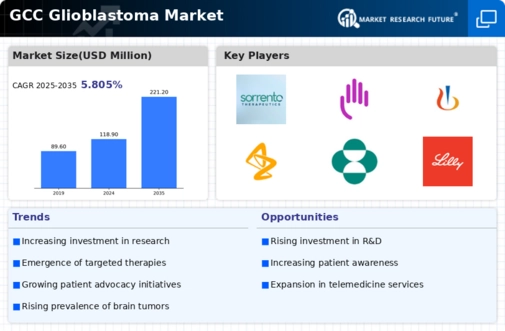
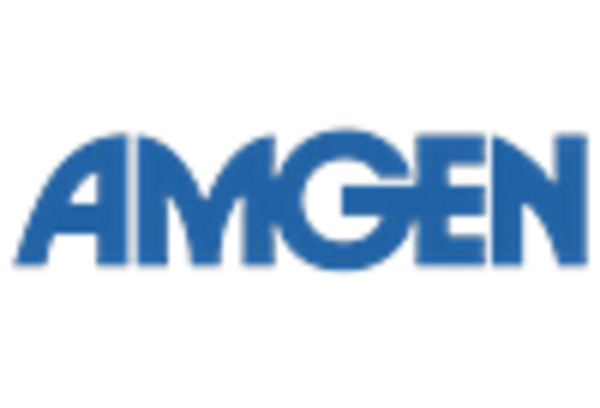

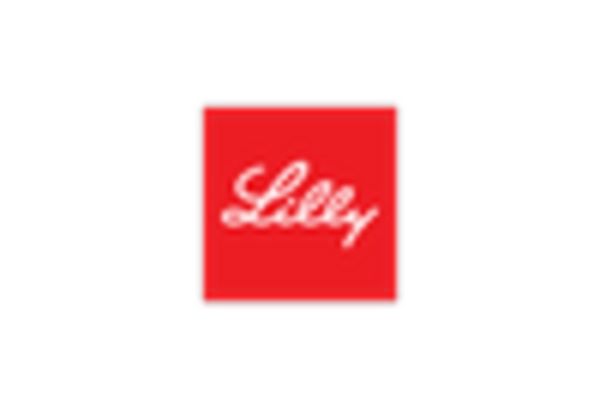
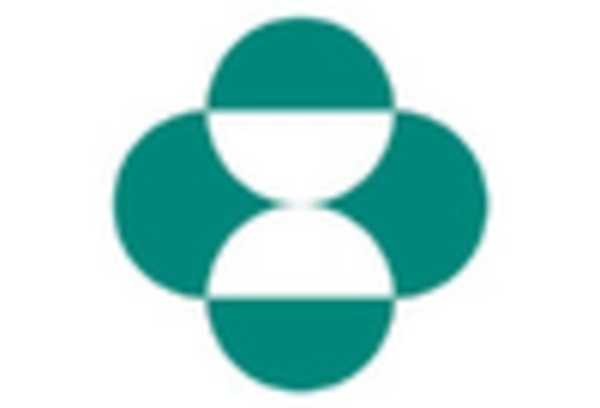

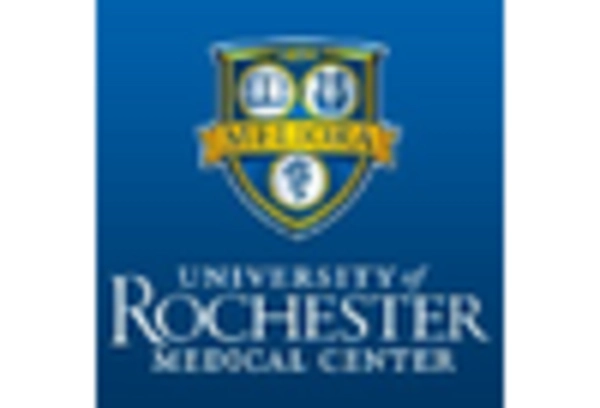








Leave a Comment